The global-market XV50 Toyota Camry facelift has been unveiled at the Moscow motor show, following a teaser earlier in the month.
The popular D-segment sedan gets a face with added aggro, comprising a slim front grille with a big chrome bar on top, LED-infused headlamps, plus a huge trapezoidal lower intake with integrated fog lamps.
Bolder than our current car but still less so than the US-market Camry facelift, the new car also features a reshaped rear bumper and a chrome strip bridging the tail lamps. There are also new-design alloys.
Inside, there’s a new backlit instrument panel with a 4.2-inch colour TFT display between the dials, an updated steering wheel with three spokes and a restyled centre console with a new 6.1- or 7.0-inch screen. The meter panel now has a two-dial layout as opposed to the pre-facelift car’s three-dials.
As for what’s under the hood – the 181 hp 2.5 litre four-cylinder and 249 hp 3.5 litre V6 engines carry over, along with the six-speed auto box. No word on the Camry Hybrid yet.
In Russia, the base 2.0 litre engine has been updated with a version that has 150 PS mated to a six-speed auto, as opposed to the pre-facelift car’s four-speed auto. We’re not sure if the ASEAN market will get this new engine and gearbox combo.
Looking to sell your car? Sell it with Carro.

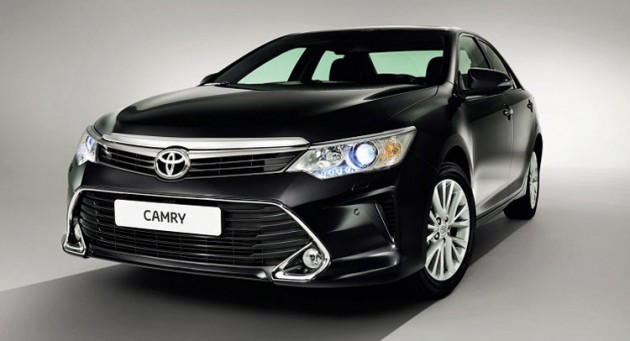
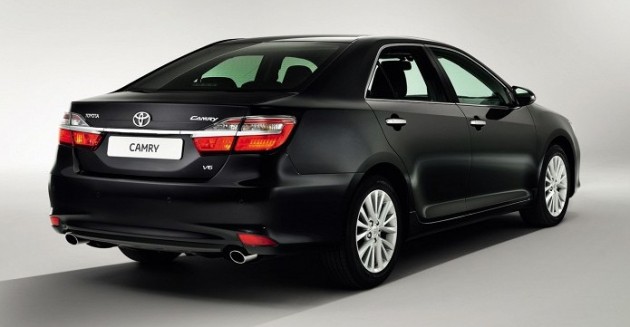
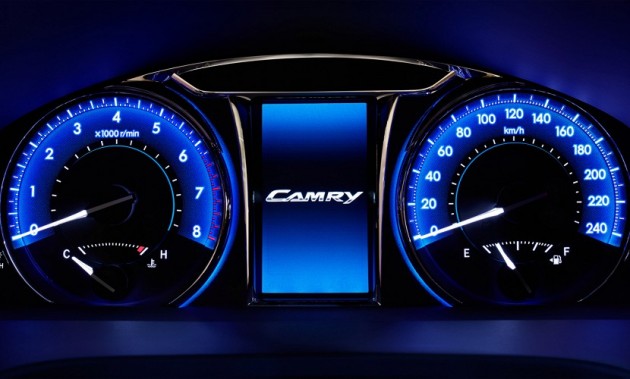

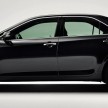
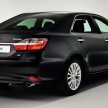
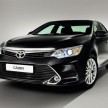
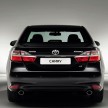
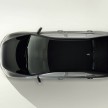
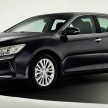

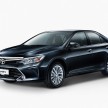


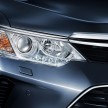
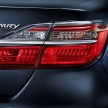
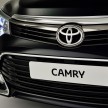
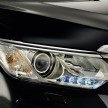
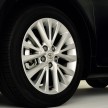
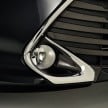
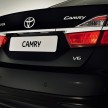
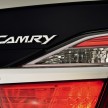
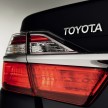
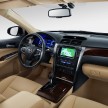

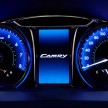
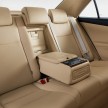
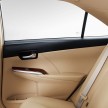
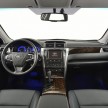
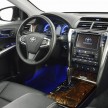
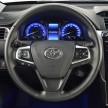
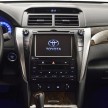

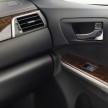

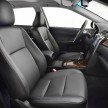
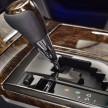
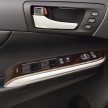




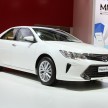
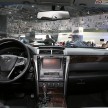
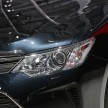
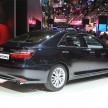
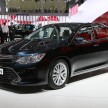
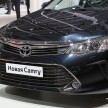
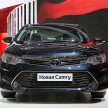




























AI-generated Summary ✨
Comments on the Toyota Camry facelift are mixed; many criticize its design, calling it outdated, ugly, or resembling older models like Estima and Vios, and some compare it unfavorably to competitors like Mazda 6 or Nissan Teana. Others express disappointment over minimal improvements such as outdated gearboxes and lack of advanced safety features, while a few appreciate the bolder look and modern touches. There is concern about the high price, perceived obsolescence, and safety standards, with suggestions for better engine options and more airbags. Despite these remarks, some defend Toyota's success in Malaysia, noting the Camry's strong sales and target market of older buyers. Overall, commentary reflects dissatisfaction with design, features, and value, mixed with some support for Toyota’s global efforts and brand reputation.